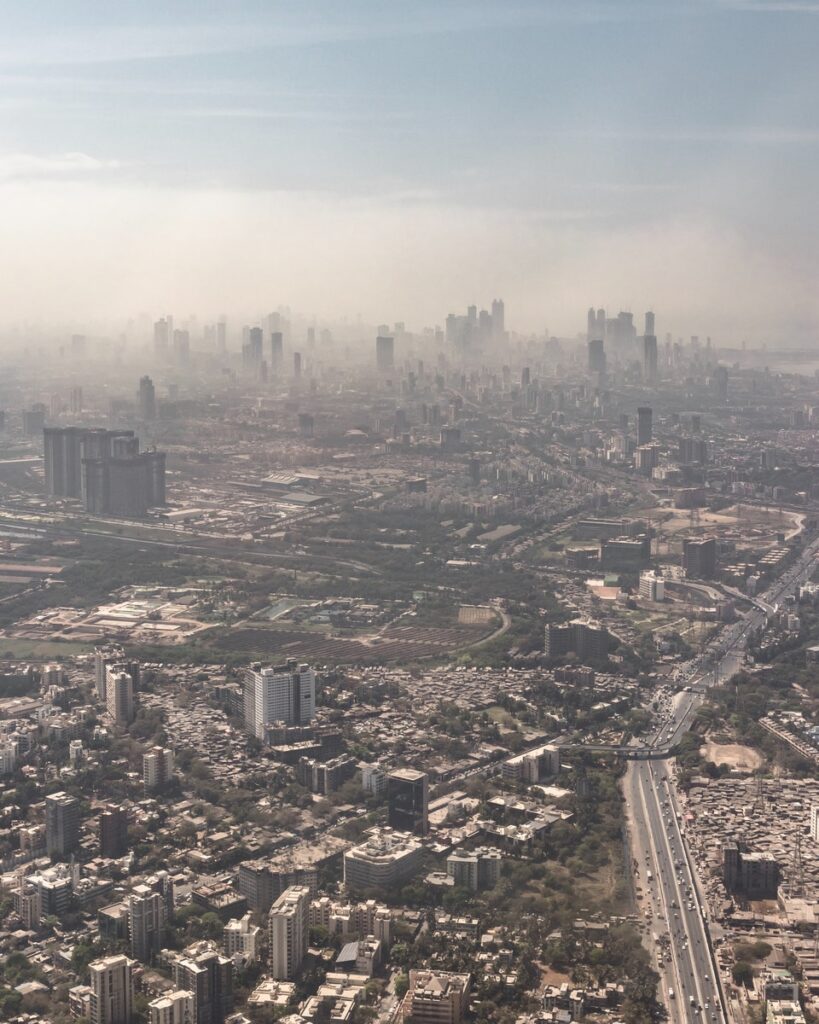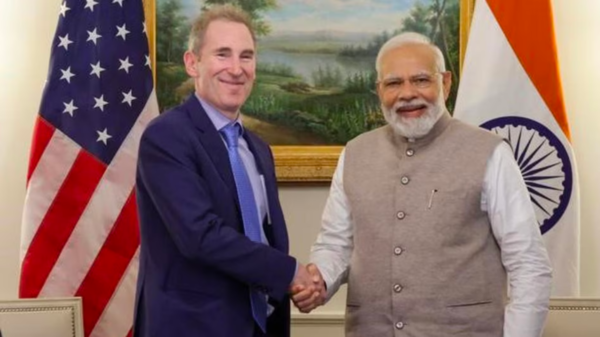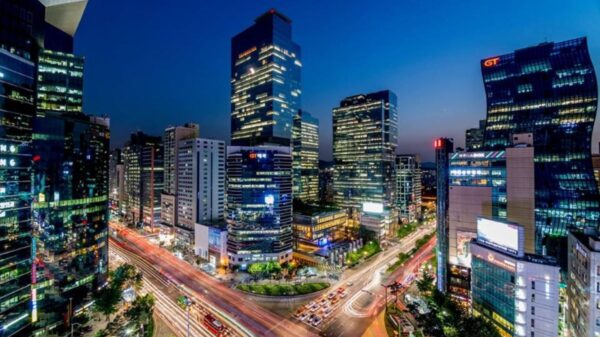Greenhouse Gases
Greenhouse gases are substances that trap heat in the atmosphere. This section contains data on the primary greenhouse gas emissions and removals into and out of the atmosphere. Please visit the Climate Change Indicators: Climate Forcing page for additional information on the other climate forcers, such as black carbon.
Why will India, the poorest of the super-emitters, require a unique path to net-zero emissions?
Lifting millions of people out of poverty over the next few decades is a more pressing aim than tackling climate change. While American drivers are opting for electric pickup trucks, which will eventually cut demand for oil, India is grappling with its rising import fuel expenditure.
If everything goes according to plan, India will be the last of the world’s major economies to achieve carbon neutrality. That’s exactly as it should be.
India’s goal is to achieve net-zero energy by 2070. It’s been two decades since the vastly wealthier the United States and Europe. It also provides a 10-year buffer between it and its neighbor China’s 2060 target. Trying to achieve more drastic emissions reductions sooner could leave millions of Indians without access to basic necessities.
There is a purpose more urgent for India than regulating climate change: pulling millions out of poverty over the next several decades, notwithstanding its historically tiny role in global warming emissions. While American drivers are opting for electric pickup trucks, which will eventually cut demand for oil, India is grappling with its rising import fuel expenditure. While British authorities devise incentives to upgrade existing properties for energy efficiency, India’s priority is to keep energy prices as low as possible.

The development path taken by China is not especially instructive. Yes, both countries have populations in excess of a billion people. However, China, the world’s second-biggest economy, is the world’s largest producer of solar panels, lithium-ion batteries, and electric vehicles. China is also the world’s leading installer of offshore wind turbines, hydrogen electrolyzers, new nuclear power, and high-voltage cables capable of transporting renewable energy from sunny and windy locations in the west to inhabited areas in the east. India has yet to do so.
All governments must develop ways to make economic growth catalysts less carbon-intensive in order to satisfy their climate commitments. India, on the other hand, is the only lower-middle-income country among the top five world emitters. “India doesn’t have any role models in another country when it comes to preparing an alternate pathway,” says Ulka Kelkar, climate program director at the World Resources Institute India.
India’s aspirations can be difficult to decipher because of its sometimes-contradictory quest to overcome poverty without opposing the global push for decarbonization. Last year’s COP26 climate meeting in Glasgow, Scotland, included times when India played both champion and spoiler. The event started with Prime Minister Narendra Modi’s unexpected net-zero statement, bringing all ten of the world’s top economies—and 46 percent of the world’s population—under the Paris Agreement’s standards.
The high cost of finance has slowed India’s energy revolution, with corporations finding it more difficult than their Western counterparts to access international financial markets. According to Ajay Mathur of the Energy and Resources Institute, “there are three alternatives to high borrowing costs:” The government can obtain sovereign loans from international financial institutions such as the World Bank, better manage foreign exchange risks, and strengthen ties with other green markets, all of which could make it simpler for it to access overseas markets.




































